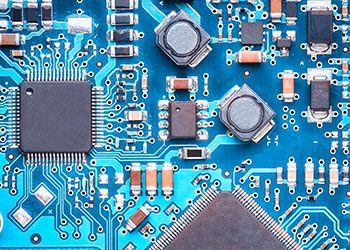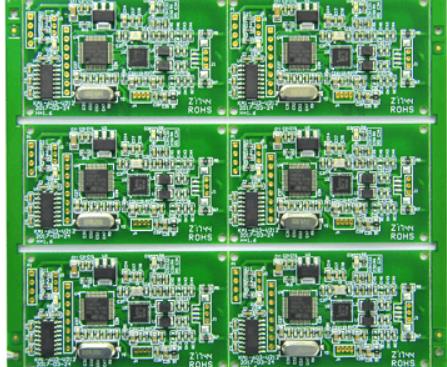
Problems to be understood in SMD and DIP processing
Several Standards Needing Attention in SMD Processing
1. Joint standards for the development of ESD control program, including the design, establishment, implementation and maintenance of ESD control program; According to the historical experience of some military and commercial organizations, it provides guidance for the treatment and protection of electrostatic discharge sensitive period.
2 PCBA welding technology evaluation manual, including all aspects of welding PCBA technology, involving general welding, welding materials, manual welding, batch welding, wave welding, reflow welding, gas welding and infrared welding
3. Semi hydration cleaning manual for PCB after welding, including all aspects of semi hydration cleaning, including chemicals, production residues, equipment, process control, environmental and safety precautions.
4 The desktop reference manual for PCB through hole solder joint evaluation, in addition to the 3D graphics generated by the computer, also provides detailed descriptions of components, hole walls and solder surface coverage according to standard requirements; It also includes tin filling, contact angle, tin dipping, vertical filling, pad covering and many welding defects.

PCB board template design guide provides guidance for the design and manufacture of solder paste and surface mounting adhesive coating template. The model design using PCB surface mounting technology is also discussed. This paper introduces the technology of through hole or inverted wafer elements, including overprint, double printing and stage template design.
6. Hydraulic cleaning manual after PCB board welding, describing the type and nature of residues, hydraulic cleaning agent, hydraulic cleaning process, equipment and process, quality control, environmental control, and the cost of determining and determining employee safety and cleanliness.
Patch
Several Problems Needing Attention in the Processing of DIP Parts
DIP chip processing is a product frequently processed by some PCB chip plants. However, the following issues need to be understood in depth for the processing of parts or PCBA processing:
1. The specification requirements of flux 1 include Appendix I, technical specifications and classifications of rosin, resin, organic and inorganic fluxes, based on the halogen content and activation degree in the flux; It also includes the use of flux, substances containing flux and low residual flux used in clean and pollution-free processes.
2. Specification requirements for electronic grade solder alloy, solder and non solder; Terms, specifications, requirements and test methods are provided for electronic grade solder alloys, bars, strips, powders and non solders, electronic solder applications, and special electronic grade solders.
3. A guide to the application of adhesives on conductive surfaces to guide the selection of conductive adhesives as solder substitutes in electronic manufacturing.
4. General requirements for thermal conductive adhesive, including requirements and test methods for connecting components. Proper location of thermal conductive medium for PCB
Specification requirements for solder paste
5: The specification requirements for solder paste in SMT chip mounting workshop include Appendix I, which lists the characteristics and technical index requirements of solder paste, including the test methods and standards for metal content, as well as viscosity, collapse, solder ball, viscosity and solder paste dipping efficiency.









